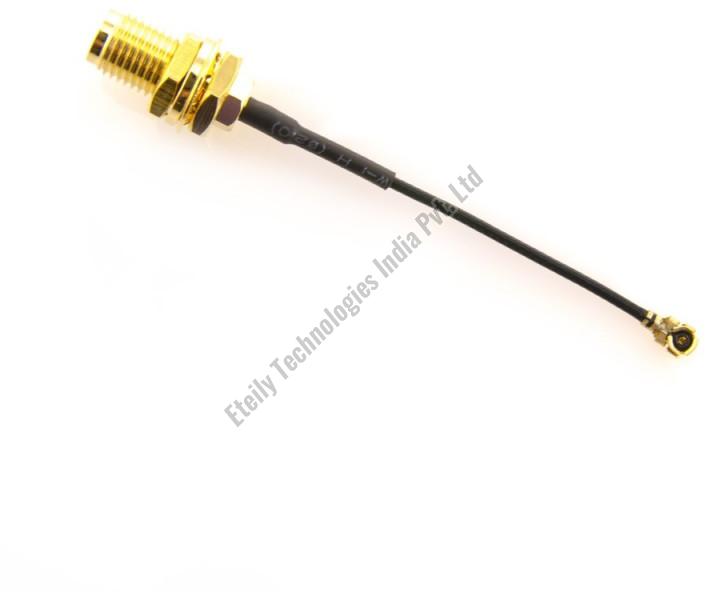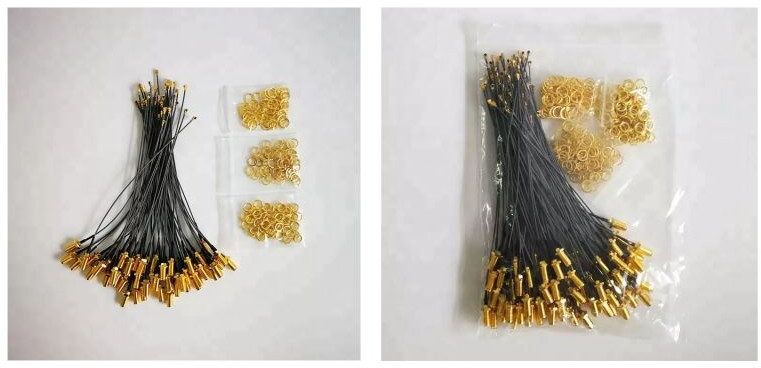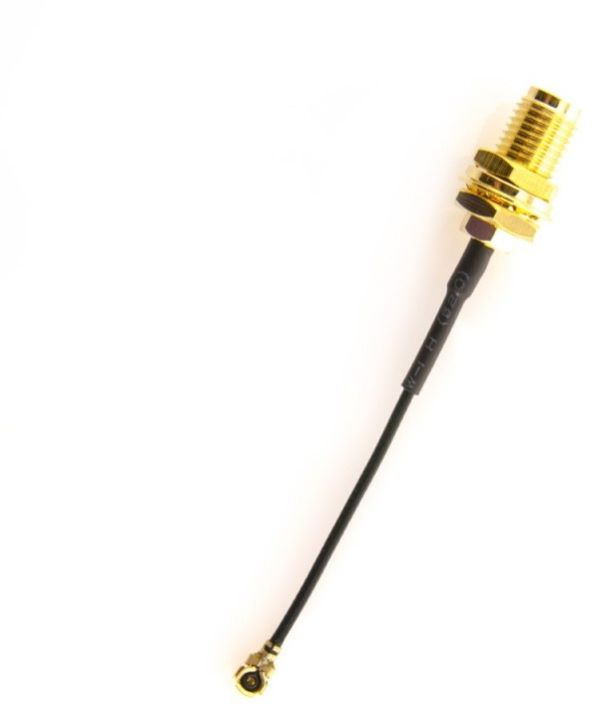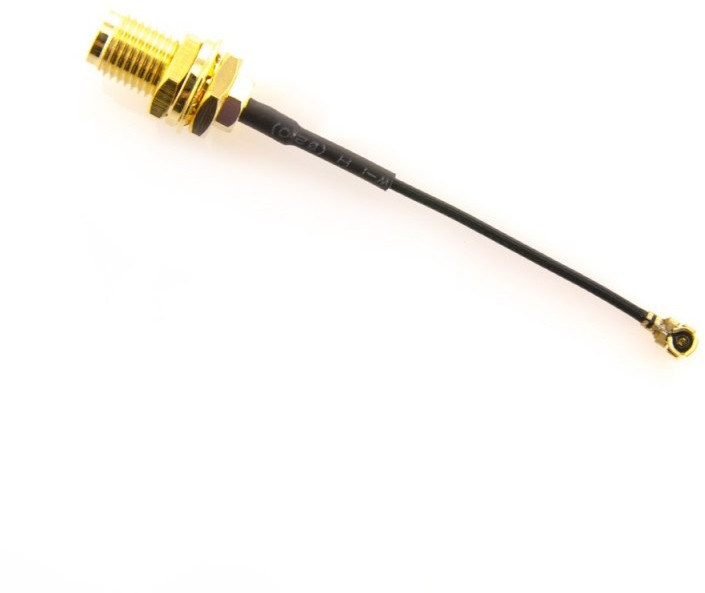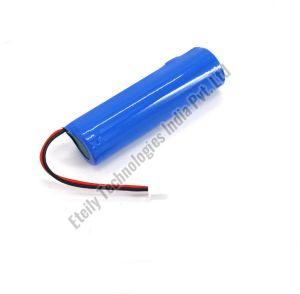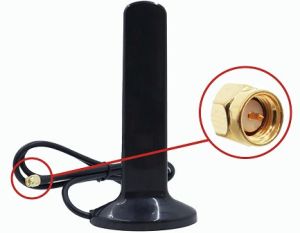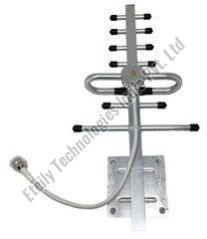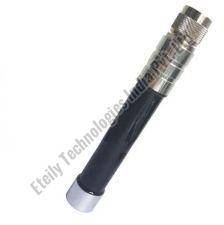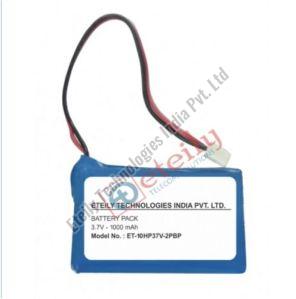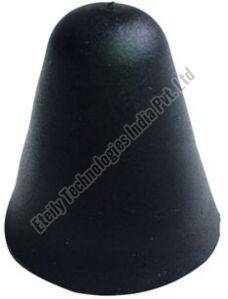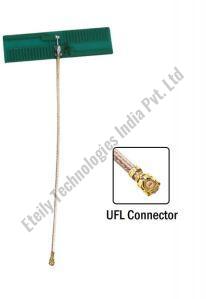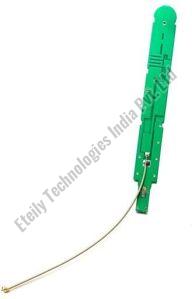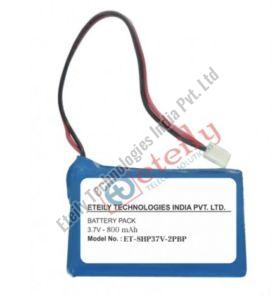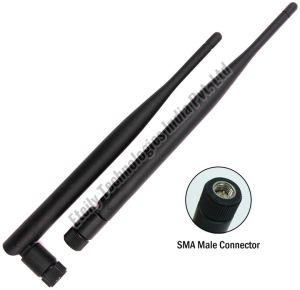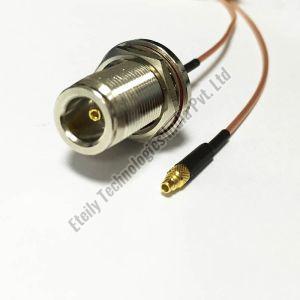- Vidya Nagar, Bhopal, Madhya Pradesh
- GST NO. : 23AADCL3954C1ZV
- +91-8889017888
| Business Type | Manufacturer, Exporter, Supplier, Trader, Distributor |
| Brand Name | ETEILY |
| Driven Type | Electrical |
| Color | Black |
| Click to view more | |
Preferred Buyer From
| Location | Worldwide |
Product Details
The term "Converter Cable SMA To UFL Terminal WiFi/3G/4G/5G RG1.13 Coaxial Connection Cable (IPEX/UFL Cable)" describes a specific type of cable used in wireless communication applications. Let's break down the components of this specification:
-
Converter Cable SMA To UFL Terminal:
- SMA: SMA connector, which is commonly used in RF applications.
- UFL Terminal: U.FL (also known as IPEX) connector, which is a miniature RF connector used typically for connecting antennas in compact devices such as WiFi, 3G, 4G, and 5G modules.
-
WiFi/3G/4G/5G:
- These terms indicate the types of wireless technologies the cable is suitable for, covering a range from WiFi (802.11 standards) to various generations of cellular technologies (3G, 4G, and 5G).
-
RG1.13 Coaxial Connection Cable:
- RG1.13: This specifies the type of coaxial cable used. RG1.13 is a miniature coaxial cable known for its small size and flexibility, suitable for high-frequency signals typically used in WiFi and cellular communications.
- Coaxial Connection Cable: This confirms that the cable is a coaxial type, suitable for transmitting RF signals with good shielding properties.
-
(IPEX/UFL Cable):
- IPEX/UFL: These terms are often used interchangeably to refer to the U.FL connector type, which is a small, surface-mount RF connector used in PCB applications.
Interpretation: The entire specification describes a cable assembly that:
- Converts from an SMA connector (commonly used in RF applications) to a U.FL (IPEX) connector.
- Is designed for use in WiFi, 3G, 4G, and 5G applications, indicating it can handle a broad range of wireless frequencies and technologies.
- Uses RG1.13 coaxial cable, which is flexible and suitable for high-frequency signals.
- Incorporates an IPEX/UFL connector, which is compact and ideal for PCB-mounted antennas and modules in devices requiring a small form factor.
Usage: This type of cable assembly is essential in connecting external antennas or RF modules (such as WiFi or cellular modules) to devices where space and size are critical factors. It allows for flexible placement of antennas while maintaining good signal integrity and shielding properties necessary for reliable wireless communication.

